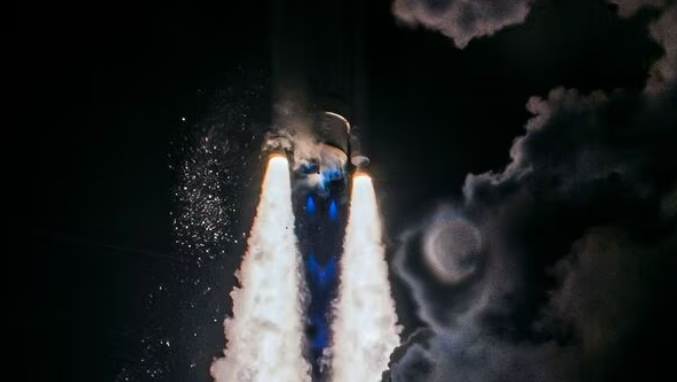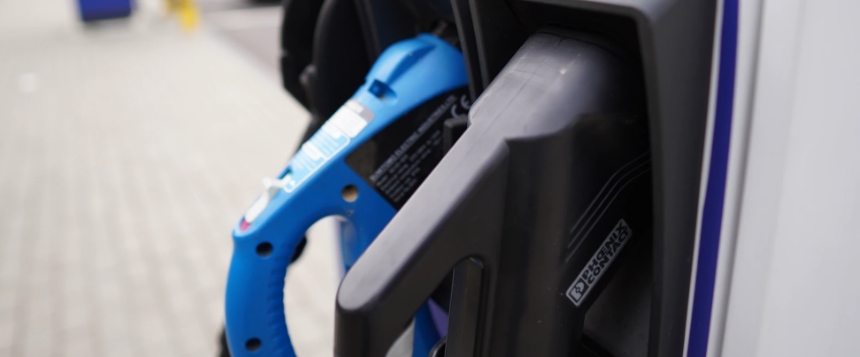
This NASA moon mission failure reminds of Chandrayaan 3's exemplary moon landing by ISRO
The first US moon landing attempt in more than 50 years suffered a major setback after a private company's spacecraft suffered an anomaly hours after Monday's launch. A private firm, funded by NASA, Astrobotic Technology managed to orient its lander toward the sun so the solar panel could collect sunlight and charge its battery. However, soon the spacecraft suffered a “critical" fuel leak, dimming hope for what had been a planned moon landing on February 23. The problem was reported about seven hours after Monday's predawn liftoff from Cape Canaveral Space Force Station. United Launch Alliance's Vulcan rocket provided the lift for Astrobotic's lander, named Peregrine, putting it on a long, roundabout path to the moon. According to the company, the propulsion system problem “threatens the ability of the spacecraft to soft land on the moon". This Nasa moon mission failure highlights how difficult moon landing is what ISRO achieved with Chandrayaan 3 last year. NASA gave the two companies millions to build and fly their own lunar landers. Astrobotic's contract with NASA for the Peregrine lander was $108 million and it has more in the pipeline. Astrobotic was aiming to be the first private business to successfully land on the moon, something only four countries have accomplished, including India in 2023. Moon landing-success and failures Landing on the moon has long been a series of hits and misses. The Soviet Union and the US racked up a string of successful moon landings in the 1960s and 70s, before putting touchdowns on pause. China joined the elite club in 2013 and India in 2023. India's Chandrayaan-3 mission, which successfully landed near the moon's south pole in August 2023 was built and launched at a budget of $75 million. Chandrayaan-3 took 40 days to reach the moon using less powerful rockets and the slingshot method. Source - Mint
- 0
- 0
- ₹0



















